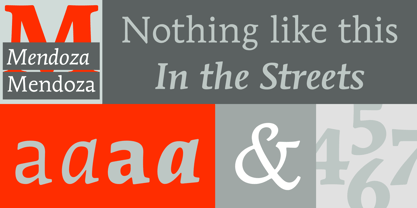10,000 search results
(0.014 seconds)
- ITC Mendoza Roman by ITC,
$29.99 - ITC Golden Type by ITC,
$29.99 - ITC Peter's Miro by ITC,
$29.99 - ITC Garamond Handtooled by ITC,
$34.99 - ITC Pious Henry by ITC,
$29.99 - ITC Handel Gothic by ITC,
$40.99 - ITC Tot Spots by ITC,
$29.99 - ITC New Baskerville by ITC,
$34.99 - ITC Viner Hand by ITC,
$29.99 - ITC Vino Bianco by ITC,
$29.99 - Karvwood bold - Personal use only
- Killer boots - Unknown license
- White Bold - Unknown license
- Goulong Bold - Unknown license
- Chopin-Bold - Unknown license
- Belta Bold - Personal use only
- Writers bold - Unknown license
- Helena-Bold - Unknown license
- TypoLatinserif-Bold - 100% free
- Pullchain Bold - Personal use only
- Boneribbon Bold - Unknown license
- Charlemagne Bold - Unknown license
- Bamf Bold - Unknown license
- Lein Bold - Unknown license
- Prescript Bold - Unknown license
- Present Bold - Unknown license
- Chizzler Bold - Unknown license
- Zado Bold - Unknown license
- Electric Boots - Unknown license
- Alako-Bold - Unknown license
- Cock Boat - Unknown license
- XPED Bold - Unknown license
- Spylord Bold - Unknown license
- andre bold - Unknown license
- IrishUncialfabeta-Bold - Unknown license
- Vecker Bold - Unknown license
- Jerry Bold - Unknown license
- Obtunde Bold - Unknown license
- Perdition Bold - Unknown license
- VenturaShadow-Bold - Personal use only

































